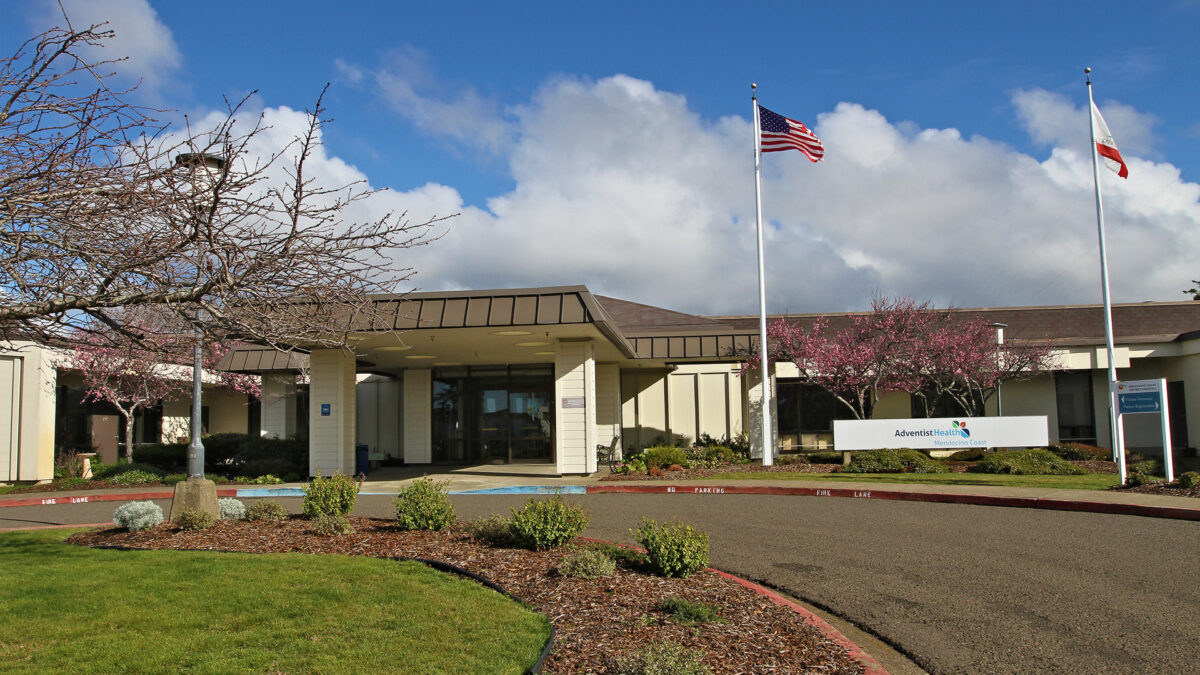Healthcare organization is actively seeking ways to increase recruiting, leaders said.

On October 4, 2021, I reported on the national shortage of healthcare workers and how this affects us locally. At the time, the U.S. Bureau of Labor Statistics indicated that there were more than 290,000 unfilled healthcare positions across the country, and it was predicted that this would increase by another 35,000 by the end of 2021, with one-third of the total being registered nurses. Unfortunately, these estimates were off by a large margin. The American Hospital Association (AHA) reported in January 2022 that the actual shortage at year-end was closer to 600,000, mostly involving nurses, and they predict another 500,000 healthcare worker jobs will be vacant by the end of 2022, bringing the potential total to 1.1 million. AHA has called the ballooning shortage of nurses in America a “crisis that demands immediate action.”
There are many reasons for this. First, as the population ages with “baby boomers” moving now from their 70s into their 80s, there is an increasing need for more healthcare, and thus more job openings are being created to meet that need. At the same time, young people entering the workforce have tended to avoid healthcare related jobs, going into more tech and software jobs. According to the AHA, in 2017 more than half of the nurses were aged 50 and older, and almost 30 percent were aged 60 and older. Now, five years later, many of these nurses are retiring.
COVID burnout is also playing a big role. U.S. News & World Report stated in an article from November 2021 that 60 to 75 percent of clinicians and nurses are reporting higher-than-normal levels of stress, resulting in depression, exhaustion, sleep disorders, and post-traumatic stress disorder (PTSD). The cost of burnout in healthcare workers is estimated to be US$4.6 billion per year.
On the West Coast of the U.S. we continue to feel the pinch. For several months the hospital has been forced to limit the number of available beds because of staffing. Both Mendocino Coast Clinics (MCC) in California and Adventist Health Medical Offices report long wait times to get an appointment because of a need for more providers. The shortage of clerical and other support staff has resulted in longer wait times to get referrals processed or even just answer phones.
“This shortage impacts the entire patient experience,” Judy Leach, administrator for Adventist Health (AH) on the Coast, said. “We are committed to ensure that we have excellent team members from housekeeping to food service to nursing. We encourage local community members to join our team. This is all about neighbors taking care of neighbors.”
A career fair is being held on March 24 from noon to 5:00 p.m. at the hospital for positions in both the hospital and AH clinic. “We did a previous job fair last fall that was very successful. We were able to hire 12 people that day. Since then, we have been hiring a dozen new people each month to become members of the Adventist Health Mendocino Coast team,” Leach said. “We encourage local community members to join our team, [which] is committed to quality, a team that creates a culture of compassion and responsiveness. Adventist Health offers great incentives, benefits, and competitive wages. At the end of the day, this is all about improving the lives of others.”
Sherwood Oaks Nursing Home, now under the new ownership and management of Lucy Xie, is limited in its efforts to regrow by the lack of available nurses. “We are aggressively recruiting and are offering a large relocation bonus to help attract nurses to move to the Coast,” Xie said. “We pay competitive wages and have an attractive benefits package that includes a 401(k) retirement plan with matching,” she added.
“Mendocino Coast Clinics provides a full range of benefits and attractive salaries,” Karen Arnold, human resources director at MCC, said. “We are very flexible with requests for time off since we recognize the importance of work-life balance.” MCC offers formal, on-the-job training in several support roles that can lead to certification. The clinic was accredited in 2015 as a Patient-Centered Medical Home, which means they use a team-based approach that puts the patient at the center of the team.
Many of us feel that a career in healthcare is still extremely rewarding. Registered nurse Rebecca Yaffe decided later in life to change careers from being a cabinetmaker and go into nursing. In 2017, at age 40, she went back to school and got her nursing degree through Mendocino College Nursing Program of Ukiah. Now she works as a nurse on the medical-surgical unit in the hospital.
“I find it very rewarding to be part of a team working to improve healthcare,” Yaffe said. “Feeling like I am making an important contribution to our community sustains me despite the challenges.” A scholarship through the local Mendocino College Foundation helped her pay her way through school.
Another source of local support is through the Mendocino Coast Healthcare Foundation (MCHF), which offers several healthcare scholarships. “While most scholarships cover just books and tuition, we found that there are many other challenges faced by our local scholars wanting to get a higher education,” Mary Kate McKenna, MCHF executive director, said. “Things like travel expenses to the Ukiah campus, hotel stays over there, childcare expenses, and even just food. Many students are trying to work part-time while going to school and perhaps even support a family. That is why we call it our RN Student Support Fund because it is the community coming together to support the student.”
MCHF offers three more programs: the Inspire Scholarship for local high school students interested in going into healthcare; the Future Scholarship once a student is accepted into a nursing program; and the Now Scholarship, which is for current health professionals who desire to advance in their careers by getting additional education. “We have even been able to help new healthcare hires find housing in the community,” McKenna said.
The original version of this story was posted on the Adventist Health blog.








